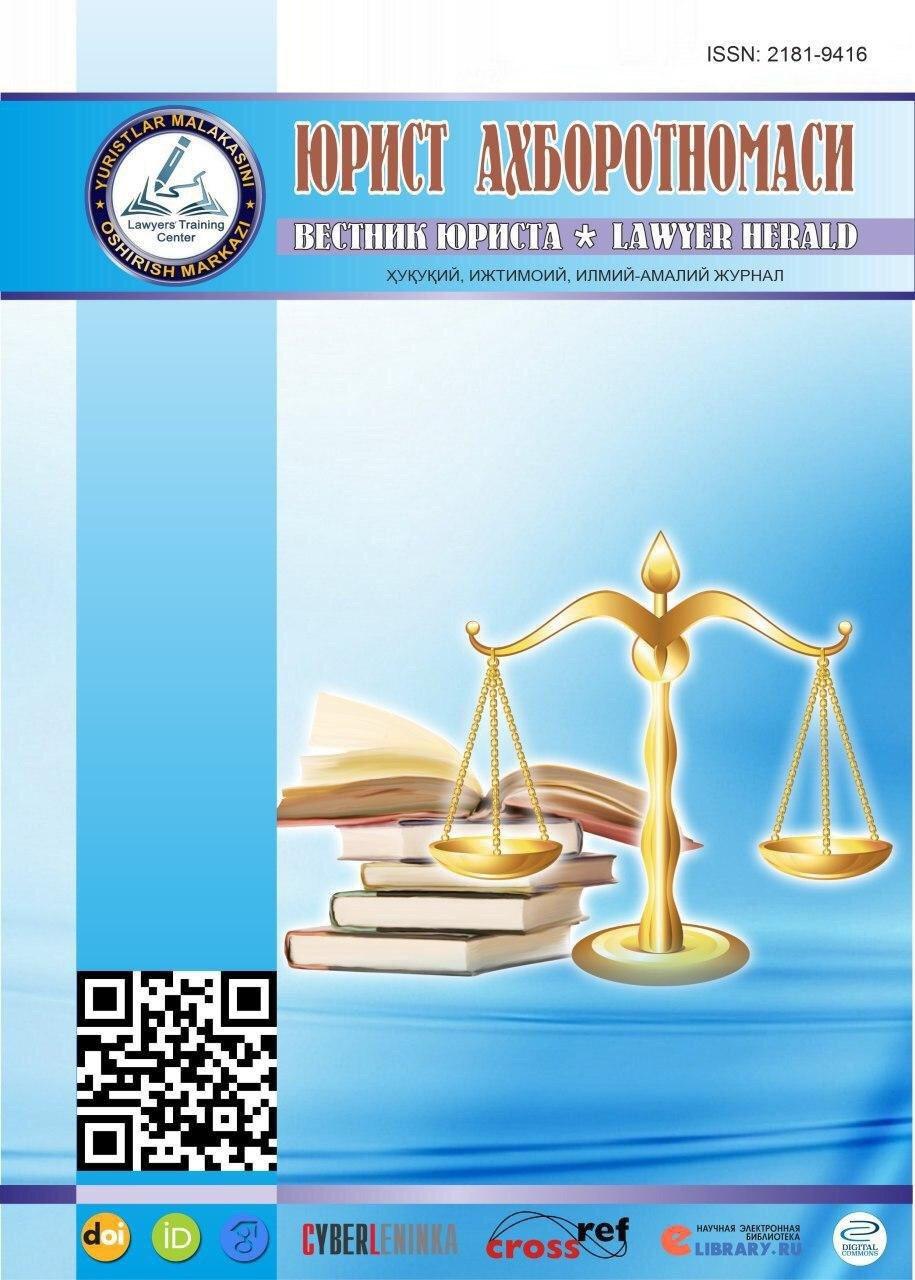Abstract
On the liberalization of electricity trade, all countries that have embarked on the path of reforms have faced significant difficulties, since the electricity market is fundamentally different from the market for other goods. The peculiarities of electricity as a commodity, the level of development of the country's economy, various forms of ownership in the electricity industry, the political system of the country, the interests of individual production organizations (companies) leave their imprint on the model of the electricity market. The author expresses the problems of liberalization and competition policy, a market organization in the energy sector, and transition to the energy market in Uzbekistan. Of course, this problem requires a comprehensive study and analysis, so that the legal regulation in line with today’s needs and enhance the effectiveness of reform of the electric power industry.
References
1. P.L Joskow, (2003) Electricity Sector Restructuring and Competition: Lessons Learned, Cuadernos de Economia, December // URL: https://www.researchgate.net/publication/5128469_Electricity_Sector_Restructuring_and_Competition_Lessons_Learned.
2. Ghanadan and Williams, (2006) Electricity Reform in Developing and Transition Countries: A Reappraisal. Elsevier. Energy, // URL: https://www.sciencedirect.com/science/article/abs/pii/S0360544205000423.
3. Resolution of the President of the Republic of Uzbekistan dated March 27, 2019. “On the Strategy for further development and reform of the electricity sector in the Republic of Uzbekistan” // URL: https://www.lex.uz/docs/4257085?query=%D1%8D%D0%BD%D0%B5%D1%80%D0%B3%D0%B5%D1%82%D0%B8%D0%BA%D0%B0 (in Russ)
4. The Concept note for ensuring electricity supply in Uzbekistan in 2020-2030 // URL: https://minenergy.uz/ru/lists/view/77.
5. J.P. Painuly, (2001), Barriers to renewable energy penetration; a framework for analysis, Renewable Energy, 24, (1). // URL: https://www.sciencedirect.com/science/article/abs/pii/S0960148100001865.
6. M.Grassani, (2007) The “f-o-u-l-s” approach to unbundling in the electricity sector: Pitfalls and legal risks of structural regulatory intervention, 4, European Energy Institute and contributors, // URL:https://www.eeinstitute.org/european-review-of-energy-market /EREM%204_Article%20Matteo%20Grassani.pdf
7. M.D. Leiren,K.Szulecki, C.Banet, T.Rayner, (2018). Black-out concerns against markets:Capacity mechanisms in Europeanelectricity markets, Climate and Energy Policy Revisions in Europe, Hamburg.: General ECPR Conference. Retrieved 23 August 2018 // URL:https://ecpr.eu/Events/PaperDetails.aspx?PaperID=41559&EventID=115.
8. L.Hancher, B.M.Winters, (2017) The EU Winter Package – Briefing Paper, Allen & Overy LLP // URL: https://fsr.eui.eu/wp-content/uploads/The-EU-Winter-Package.pdf.
9. C.W.Jones, (2006) EU Energy Law, Volume I, The Internal Energy Market, Leuven, Belgium // URL: https://www.osti.gov/etdeweb/biblio/21124962.
10. W.Throndsen, M.Ryghaug, T.Skjolsvold, C.Haunstrup, (2017) From consumer to prosumer. Enrollingusers into a Norwegian PV pilot. ResearchGate, URL: https://www.researchgate.net/publication/318014188.
11. The Law of the Republic of Uzbekistan “On the use of renewable sources of energy” May 21, 2019 // URL: https://www.lex.uz/docs/4346835 (in Russ)
